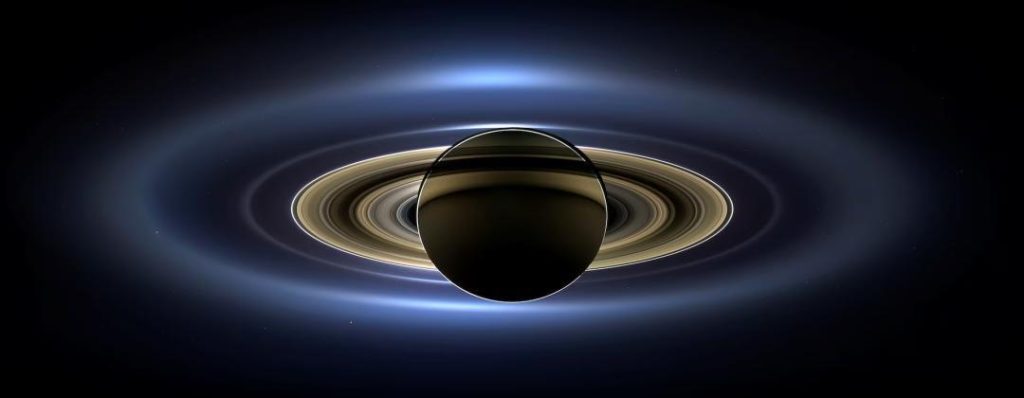
Saturn’s Rings to Disappear from View Tomorrow
In a rare astronomical phenomenon, Saturn’s iconic ice and rock rings are set to disappear from view tomorrow, March 23. This event, known as “ring-plane crossing,” occurs every 13 to 15 years, when the planet’s rings perfectly align with Earth’s line of sight, making them nearly invisible to viewers on Earth.
The phenomenon is scheduled to occur at 12:04 pm EDT (9.34 pm IST), but unfortunately, most people will not be able to witness it due to its timing. However, for those who are aware of this event, it presents a unique opportunity to observe the rings in a way that is not possible during most of the year.
Saturn’s rings are one of the most striking features of the planet, consisting of ice and rock particles that range in size from tiny dust grains to massive boulders. The rings stretch out for hundreds of thousands of miles, making them a breathtaking sight for astronomers and space enthusiasts alike.
So, why do Saturn’s rings disappear from view every 13 to 15 years? The answer lies in the planet’s unique orbit and the alignment of its rings. Saturn’s axis is tilted at an angle of about 26.7 degrees relative to its orbit around the Sun, which means that the planet’s rings are not always visible from Earth.
When Saturn is at a certain point in its orbit, its rings are tilted away from Earth, making them invisible from our planet. This is because the rings are essentially a flat disk that orbits the planet, and when they are tilted away from our line of sight, they are not visible.
However, when Saturn’s rings are aligned with Earth’s line of sight, they become visible, and this is what happens during the ring-plane crossing phenomenon. The rings appear to be edge-on, which means that they are only visible from a narrow angle, making them difficult to spot from Earth.
Astronomers use specialized equipment and techniques to study Saturn’s rings, and this phenomenon provides a unique opportunity for them to gather more data about the rings and their composition. The data collected during the ring-plane crossing can help scientists better understand the dynamics of the rings and how they are affected by Saturn’s magnetic field and the solar wind.
For the average person, the ring-plane crossing presents an opportunity to observe Saturn’s rings in a way that is not possible during most of the year. While the rings will not be visible from Earth tomorrow, there are ways to observe them using specialized equipment and techniques. For example, astronomers use telescopes and cameras to capture images of the rings, and space agencies like NASA and the European Space Agency have sent spacecraft to study the rings up close.
In conclusion, Saturn’s rings disappearing from view tomorrow is a rare and unique astronomical phenomenon that provides a fascinating glimpse into the workings of our solar system. While most people will not be able to witness the event, it presents an opportunity for astronomers and space enthusiasts to learn more about Saturn’s rings and the planet itself.






